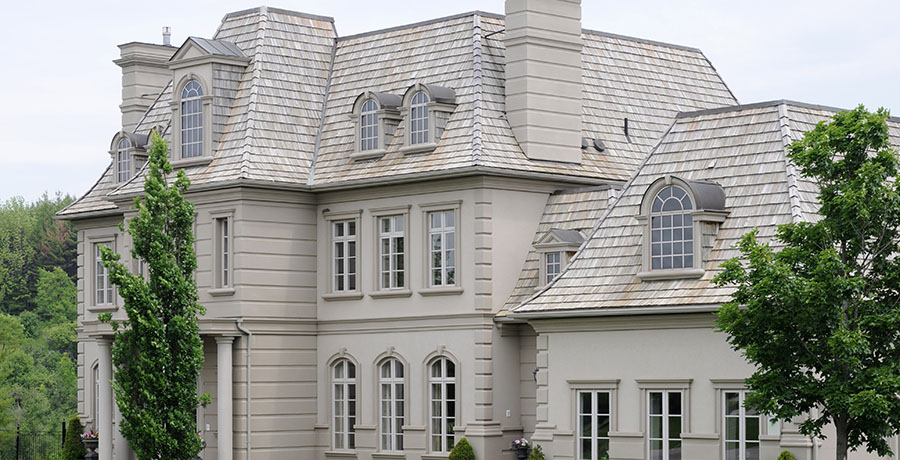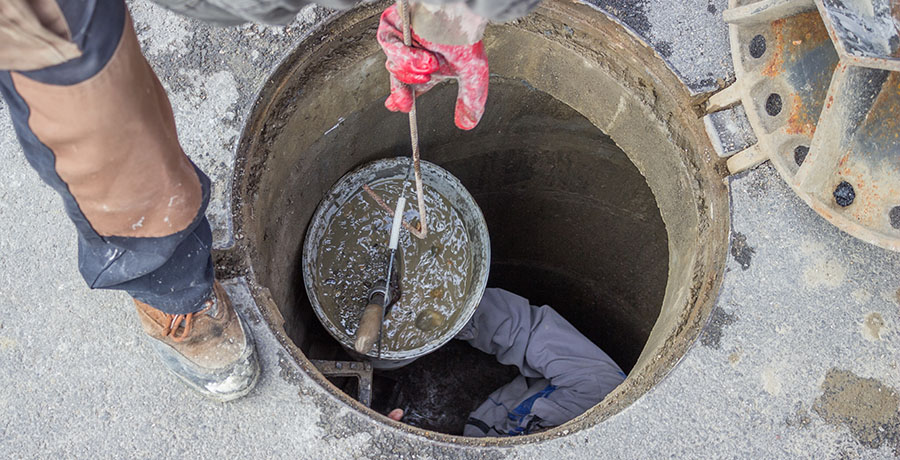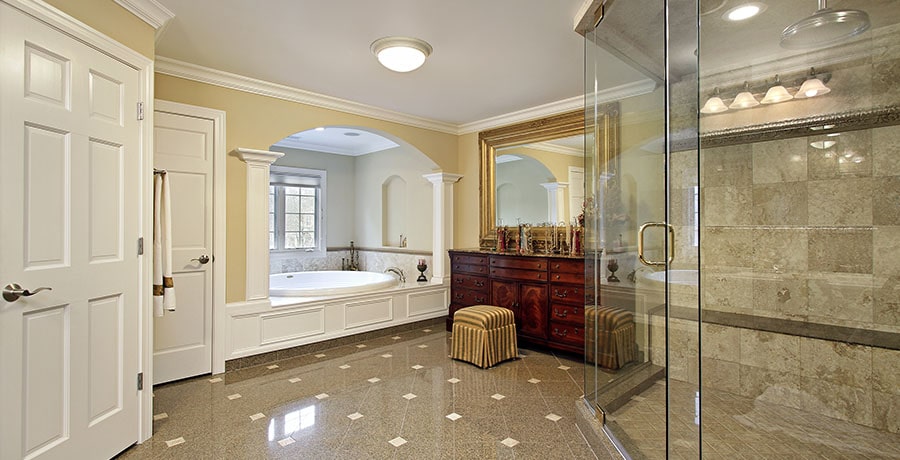
Having trees in your front or backyard adds to the appeal of the house. While there is nothing wrong with having some greenery around the house, having a tree too close to the house can lead to several different types of problems and, in some cases, you may need tree removal with the help of tree services. Therefore, we are going to discuss the potential issues and what you can do to prevent them. Let’s begin!
Branches Hitting The Home
Having a tree too close to your house can result in branches either siding or scratching the roof but that should be the least of your worries. If the tree happens to be big, the branches can break the windows and cause damage to the structure of the house during extreme weather conditions. There is a high chance that a dead tree branch breaks off and falls on someone sitting on the porch. Therefore, as long as the branches are lurking close to the house, you are in constant danger.
Spreading Roots
Perhaps the biggest problem with having a tree too close to your house is spreading roots. Different trees have different types of roots that expand varyingly. Some trees such as Silver Maple and American elm can have very large root networks.
This is why experts suggest that you consider the type of your tree when planting to ensure the root system does not interfere as it expands with the infrastructure installed underneath the ground such as pipe and gas lines. The best way to prevent this situation is by consulting the local authorities and asking them to pinpoint the areas where the utility lines are installed. This will help you decide where you should be planting trees.
Home Foundation Issues
As mentioned earlier, having a tree too close to your house can also lead to home foundation issues that every house owner dreads. Not only is the process of fixing a house with foundation issues painful but also very expensive and time-consuming.
If you have a big tree installed in your front yard, do not be surprised if it begins messing up the water, gas, and electrical lines. The last thing you would want is the power going out during extreme winters with the roots disrupting the electricity network.
Drain And Sewer Problems
Deep roots growing through the septic or sewer lines can lead to clogging and leakage. As the roots continue growing, they will eventually end up damaging the drain and sewer system which will not only be expensive to repair but also hinder your everyday life. Plus, if the drain or sewer system gets clogged, there is a high chance that water starts to pool near the house, which could lead to issues like pests, mold, and rot infestations.
Soil Moisture
As you are fully aware, trees survive on water. They literally drink moisture via the roots from the soil. At the same time, there is a direct link between moisture and foundation damage. When building homes, contractors tend to observe the fluctuations in soil moisture based on the changing seasons.
This expansion and contraction of the soil can lead to structural damage. For instance, if you have fence posts installed in your soil, they will lose their hold. On top of that, the soil can put a lot of stress and pressure on the foundation of the house causing it to crack.
Where Are The Best Places To Plant A Tree In Your Yard?
Choosing the right spot to plant a tree in your yard is as important as selecting the right type of tree to install. You may think any spot in your yard might be suitable but in reality, you are making a silly mistake. You should choose a spot where your trees can get a sufficient amount of sunlight, offer shade, provide privacy, and benefit wildlife.
That said, as a homeowner, you should consider the placement of your trees to prevent troubles later down the road.
Conclusion
There could be a lot of problems with having a tree too close to your house. However, they are easily avoidable. However, if the tree is already big and causing problems for you, consult local authorities and tree removal companies Chevy Chase.



